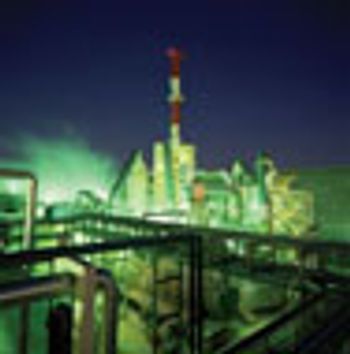Articles by Joeri Vercammen

Online monitoring of odour and taste components that occur at parts-per-trillion (ppt) levels in industrial process waters requires specialized analytical hardware that is generally not compatible with the harsh environmental conditions in these typical industrial settings. An alternative instrumental method is proposed that uses dynamic extraction in combination with gas chromatography (GC) equipped with a simple flame ionization detector (FID) to achieve these extremely low detection limits.

A dedicated GC– MS analyser was developed to address the increasing need for more sensitive catalyst poisoner analysis. The system combines the separation power and robustness of a classic backflush configuration with the selectivity and sensisitivitiy of mass spectrometry.

Can databases of column characteristics be used to help with HPLC column selection ahead of method development?

A GC–MS analyser is described that is reported to substantially expand the workable application range of a classic catalyst contaminants analyser. The use of FS/SIM mode permits identification of unknown contaminants in combination with reliable quantification at trace and ultratrace amounts.

The authors use headspace SIFT-MS to target and identify volatiles in various malt aldehydes. The specificity and speed are compared to current methodology.

As environmental legislation becomes more stringent, the need to deliver quantitative results in shorter times and greater volumes is necessary for routine environmental analysis. Most of the high-throughput screening methods used to analyze pharmaceutical compounds are, however, useless for environmental monitoring. This is because these methods primarily aim to retrieve as much information from a single sample using the broadest range of techniques. The chromatographic separation process is considered to be the bottleneck in the process. This is not the situation for environmental procedures, in which the bottleneck is the sample preparation step and is usually very tedious and time-consuming.

In this article, the authors look at ways to increase sample throughput for routine environmental analysis. Several strategies aimed at enhancing laboratory productivity are highlighted and illustrated with from-the-floor applications.












